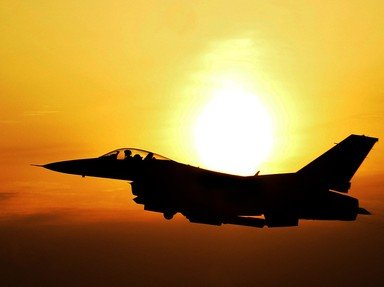Quiz Answer Key and Fun Facts
1. This aircraft was conceived as the United Kingdom's postwar stand-off nuclear deterrent.
2. In 1944, the US McDonnell company designed and developed the XP-67, a spectacular and futuristic interceptor aircraft. By what nickname did this aircraft become known during its brief existence?
3. The Flettner Fl265 was an experimental design of the 1930s. What type of aircraft was the Flettner?
4. Designed in the 1950s and produced into the 1970s, the Goodyear GA-33 was invisible from the ground.
5. The current US B2 'Spirit' bomber with its unconventional flying wing design, could be considered to be a direct descendant of which WW2 Luftwaffe fighter concept?
6. The Rolls-Royce 'Thrust Measuring Rig' was the designation of an experimental jet engine testbed. By what name was this equipment better known?
7. Bearing a name that would not appear out of place in New York City's Metropolitan Opera House, by which moniker was the experimental United States XB-70 strategic bomber known?
8. The diminutive Lippisch P.13a fighter concept was to have been powered through the use of a form of which unlikely fuel?
9. Known technically as a compound gyroplane, the prototype aircraft known as the Rotodyne was a development project carried out by which British aircraft engineering company?
10. The Messerschmitt Me264, Heinkel He277 and Focke-Wulf Ta400 were all design concepts submitted as part of the German Amerika Bomber project.
Source: Author
SisterSeagull
This quiz was reviewed by FunTrivia editor
trident before going online.
Any errors found in FunTrivia content are routinely corrected through our feedback system.

